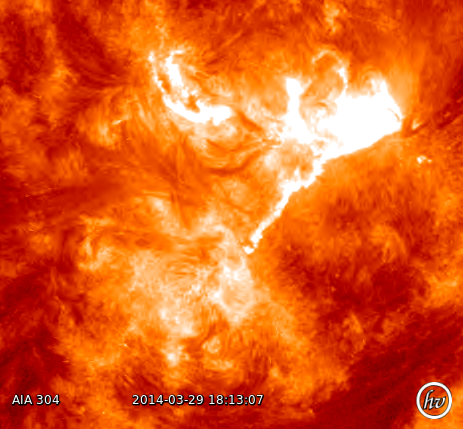Yingjie's Horizon a FOOL in solar physics
[Updating] Solar Flares & Simulating Mg II Profiles at Flare Ribbons

The solar flare, literally sudden brightening, is one of the most energetic eruptive events in the solar system. An X-class flare could release energy more than \(10^{32}\) erg in a few minutes, which is equivalent to \(\sim 10^{10}\) atomic bombs. The solar flare releases the magnetic energy restored in the solar atmosphere to heat to the solar atmosphere, creates bulk motions of plasma, emits radiation at different wavelengths, and accelerates solar energetic particles (SEPs). The solar X-ray and extreme ultraviolet (EUV) emission increase by a few orders of magnitude during a flare eruption, significantly impacting ionosphere and radio communications. The SEPs can be accelerated to more than tens of MeVs and threaten the spacecraft in space. Therefore, it is essential to understand the physical mechanism of solar flare eruptions.

Scientists obtain most information about a flare eruption by remote sensing (i.e., telescopes collecting photons/EM waves). The following figure shows a few space-based or ground-based telescopes. Solar Dynamic Observatory (SDO) is a NASA spacecraft launched in 2010. It was designed to monitor the Sun 24/7. The Atmospheric Imaging Assembly (AIA) on board SDO has taken more than 200 million images of the Sun in the ultraviolet. Interface Region Imaging Spectrograph (IRIS) carries a spectrometer with a high spatial resolution to investigate the plasma dynamics in the chromosphere and lower transition region. Daniel K. Inouye Solar Telescope (DKIST) is a brand-new ground-based solar telescope in Maui, Hawaii. The 4-meter telescope and state-of-art instruments will help scientists investigate the unresolved mysteries in the solar atmosphere with unprecedented spatial and temporal resolutions.
Written on October 17th, 2020 by Yingjie Zhu